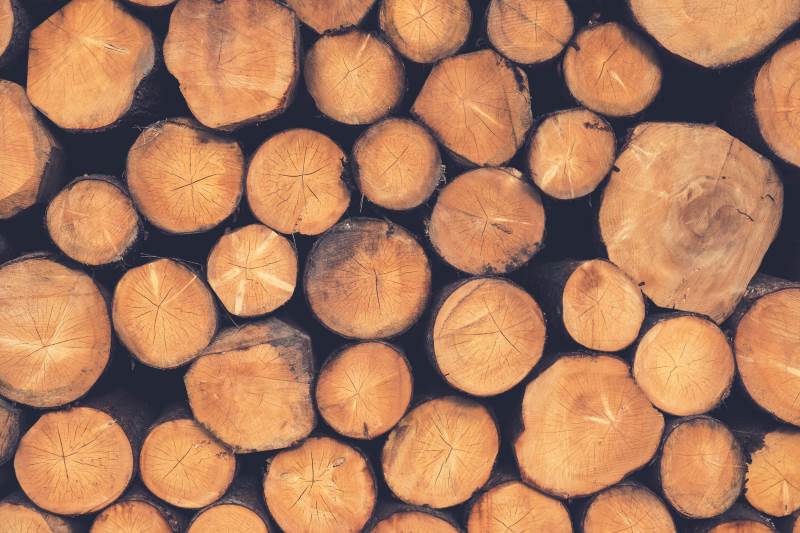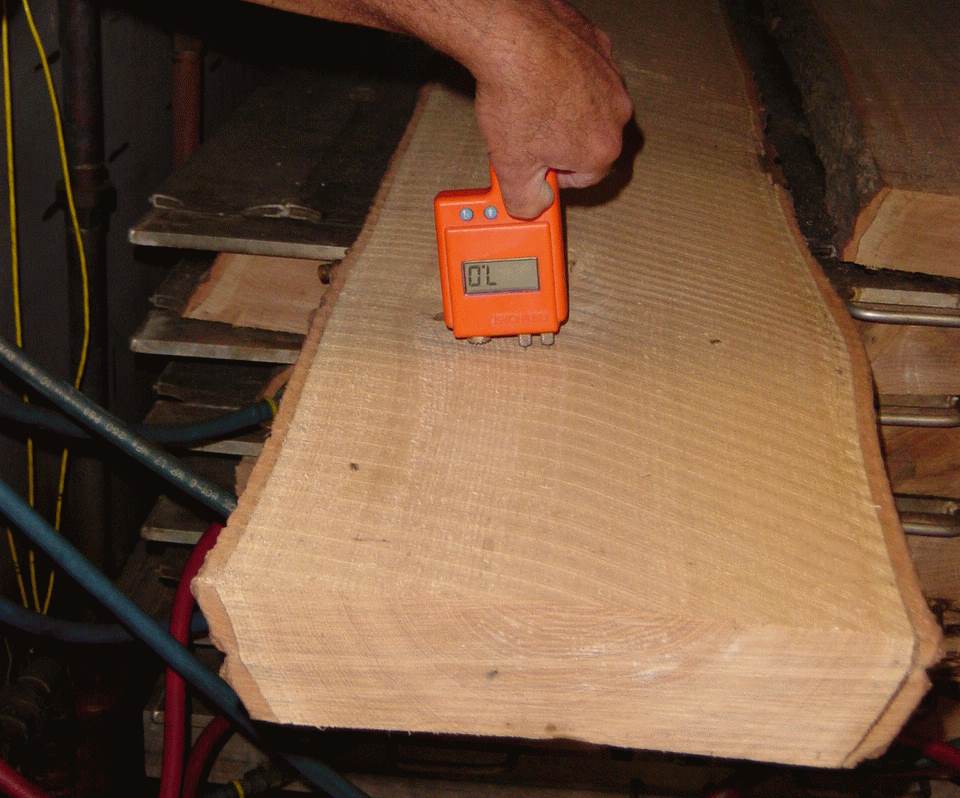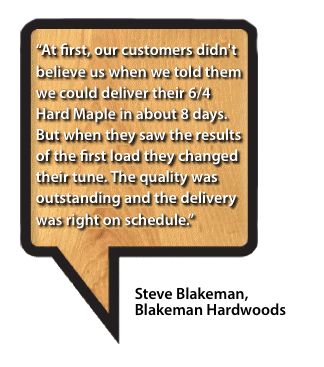
Why would degrade (damage from drying) be much lower with VacDry Kilns?
First of all, you put your wood into your VacDry vacuum kiln as soon as you cut it. All air drying causes damage. Even if you don’t see open cracks, they may have started within hours depending upon species. If you are intentionally air drying, degrade can be major. You need to coat the ends with sealer and you still need to cut longer than needed so that you can trim off end checks. You may also shoot yourself in the foot by cutting thicker than needed so that you can plane off surface checks and warp. None of this is needed in a VacDry Kiln.
Secondly, as described earlier, the VacDry drying process does not create the moisture gradient between shell and core that is a result of drying conventionally. With our process, water boils inside the wood while the wood is a gentle 100’F. And our patented conditioning process further enhances the elimination of any moisture content gradient. With straight grain species, you will find 7% from shell to core and from end to end. When drying species with twisted grain, the gradient will still be minimal in most cases. The most tightly twisted figured wood can take more drying time.
Finally, conditions inside a VacDry Kiln are not the result of an operator’s inspection and interpretation of samples. Drying conditions are not determined by what the operator feels is right. And conditions do not vary throughout the kiln. In your VacDry Kiln, the control system manages the drying conditions and the conditions are exactly the same for every piece of wood in the kiln. Furthermore, our 35 years of research has taught us what conditions will give us the desired final moisture content. A kiln charge might be dry in 8 days with a +/-1.5% variance. If you let it in the kiln for 9 days, you would expect =+/-1%. If you let it sit 10 days, it would still be at the target final MC but now +/-0.5%. That’s the way VacDry vacuum kilns work.

VacDry vacuum kilns are designed to allow for precise control of the factors that set the drying rate of the wood. With precise control of the heat, the humidity, and the chamber pressure, schedules do not set conditions that create excessive moisture gradients between the core and the shell of the wood. This means fewer end checks, fewer surface checks, and less degrade around existing defects such as knots and inclusions. After installing our vacuum kilns, bat billet manufacturers who used to cut 40" billets realized they were needlessly throwing away good wood, and ended up with 37" billet lengths due to effectively zero introduced degrade from the drying process!

